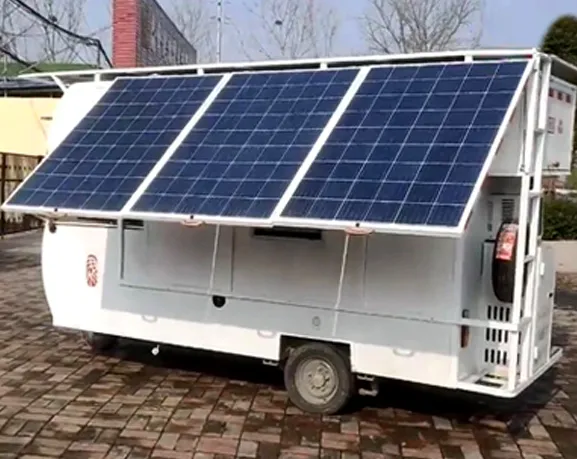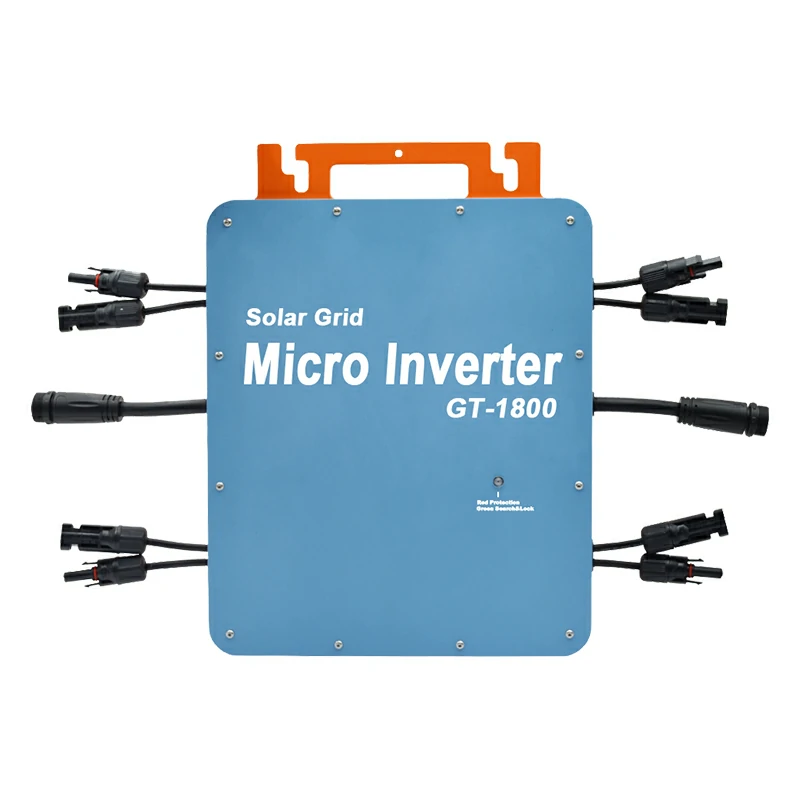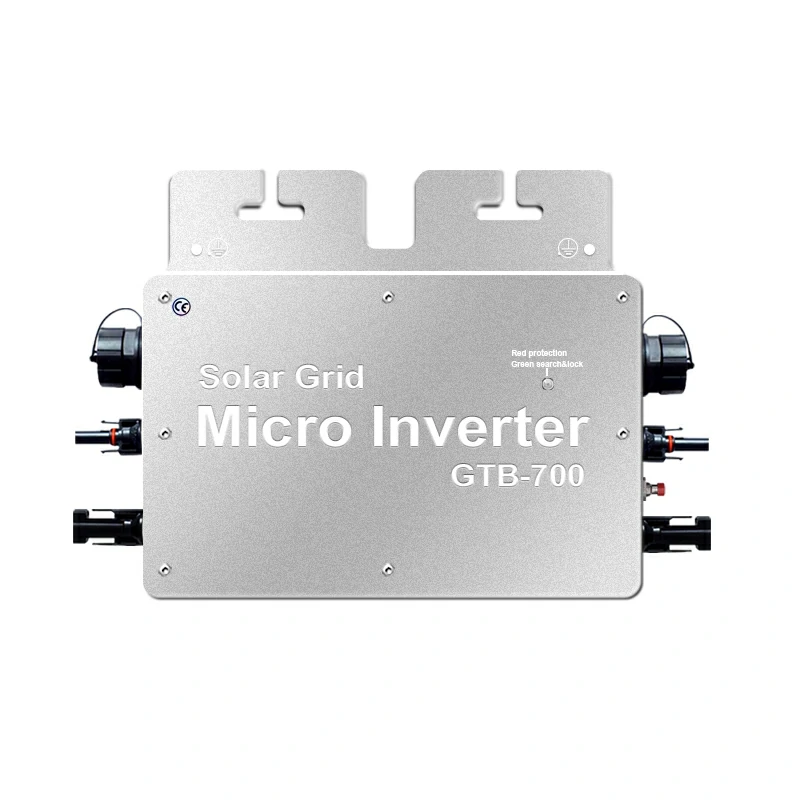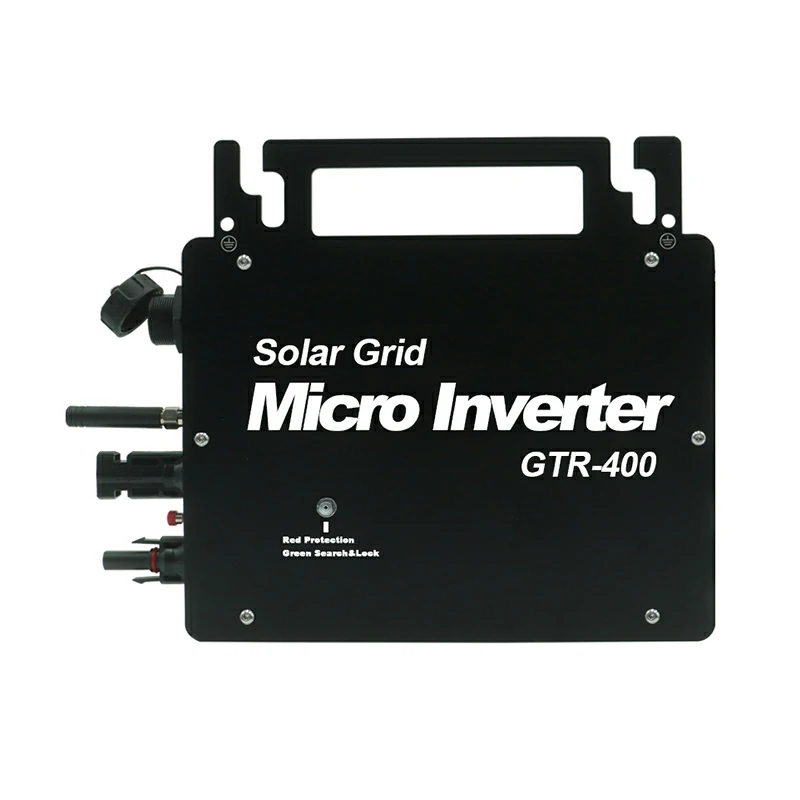Introduction
The adoption of rooftop photovoltaic (PV) power generation systems has seen a significant surge in recent years, driven by environmental concerns and economic incentives. As more individuals and businesses consider integrating rooftop PV into their energy mix, understanding how these systems contribute to peak demand shaving and load balancing becomes crucial. In this article, we explore the role of grid-tied rooftop PV systems in addressing these challenges and the implications for consumers and the broader energy landscape.

Understanding Grid-Tied Rooftop Photovoltaic Systems
Grid-tied rooftop PV systems are solar energy systems connected to the traditional electrical grid. Unlike standalone systems, which operate independently, grid-tied PV systems enable users to generate electricity onsite while remaining connected to the grid for additional power needs or excess energy export. These systems typically consist of solar panels, inverters, and metering equipment, allowing seamless integration with existing infrastructure.
Peak Demand Shaving with Grid-Tied PV Systems
Peak demand is when electricity consumption is at its highest, often occurring during hot summer afternoons or cold winter evenings. During these peak periods, utilities must ramp up electricity production to meet demand, usually relying on expensive and environmentally damaging peaker plants. Grid-tied PV systems can help alleviate this strain on the grid by generating electricity when demand is high. By harnessing solar energy during peak hours, rooftop PV systems can directly offset the need for electricity from traditional sources, effectively reducing peak demand.
Net metering is one of the key mechanisms through which grid-tied PV systems contribute to peak demand shaving. Net metering allows rooftop PV system owners to receive credits for excess electricity they generate and feed back into the grid. During times of high demand, when the value of electricity is highest, this excess generation can help meet local demand and reduce the need for electricity from other sources.
Load Balancing Benefits of Grid-Tied PV Systems
Load balancing is essential for maintaining the stability and reliability of the electrical grid. Fluctuations in electricity demand throughout the day can strain the grid, leading to inefficiencies and potential disruptions. Grid-tied PV systems offer a unique solution to this challenge by providing a decentralized source of electricity generation that can be distributed across the grid according to demand.
During periods of high demand, grid-tied PV systems can help balance the load by supplying electricity directly to nearby consumers. This localized generation reduces the need for electricity to travel long distances from centralized power plants, minimizing transmission losses and improving overall grid efficiency. Additionally, grid-tied PV systems can be equipped with advanced monitoring and control capabilities, allowing operators to adjust output levels in real time to match fluctuations in demand.
Technical and Policy Considerations
While grid-tied rooftop PV systems offer significant potential for peak demand shaving and load balancing, several technical and policy considerations must be addressed to maximize their effectiveness.
Challenges such as intermittency and variability of solar energy production can impact the reliability of grid-tied PV systems for load balancing. Technological advancements in energy storage, such as battery storage systems, can help mitigate these challenges by storing excess solar energy during periods of low demand and releasing it during peak hours. Additionally, smart grid technologies, such as demand response programs and advanced metering infrastructure, can enable more dynamic management of electricity supply and demand, further enhancing the role of grid-tied PV systems in load balancing.
Policy frameworks also play a crucial role in facilitating the integration of rooftop PV into grid operations. Incentives such as feed-in tariffs, tax credits, and net metering programs encourage investment in rooftop PV systems and provide financial support for consumers. Furthermore, regulatory reforms that promote grid modernization and decentralization can create an enabling environment for the widespread adoption of grid-tied PV systems.
Economic and Environmental Impacts
We are adopting grid-tied rooftop PV systems for peak demand shaving, and load balancing offers numerous economic and environmental benefits.
From an economic perspective, grid-tied PV systems can help reduce consumer electricity costs by offsetting peak demand charges and providing opportunities for revenue generation through excess electricity sales. Additionally, investments in rooftop PV installations can stimulate local economies by creating jobs in the renewable energy sector and supporting small businesses in the supply chain.
On the environmental front, using grid-tied PV systems reduces reliance on fossil fuel-based peaker plants, which are typically more polluting and less efficient than renewable energy sources. By displacing electricity generated from coal, natural gas, or oil, rooftop PV systems help reduce greenhouse gas emissions and mitigate climate change. Furthermore, the decentralized nature of rooftop PV installations minimises the need for new transmission and distribution infrastructure, minimizing habitat disruption and land use impacts associated with large-scale power projects.
Future Outlook
The future of grid-tied rooftop PV systems for peak demand shaving and load balancing appears promising. Continued advancements in solar technology, energy storage, and grid management systems will further enhance the capabilities and efficiency of rooftop PV installations. Innovations such as bifacial solar panels, smart inverters, and machine learning algorithms for predictive analytics will enable rooftop PV systems to operate more effectively and contribute even more significantly to peak demand management and load balancing.
Moreover, as awareness of the benefits of renewable energy grows and governments worldwide implement ambitious climate targets, the demand for grid-tied rooftop PV systems is expected to continue rising. Policy support and regulatory reforms will ensure a smooth transition to a more decentralized and sustainable energy system.
In conclusion, grid-tied rooftop PV systems represent a valuable tool for addressing the challenges of peak demand shaving and load balancing in the electricity grid. By harnessing solar energy at the point of consumption and integrating seamlessly with existing infrastructure, these systems offer economic, environmental, and societal benefits that will play a crucial role in shaping the future of energy management.




